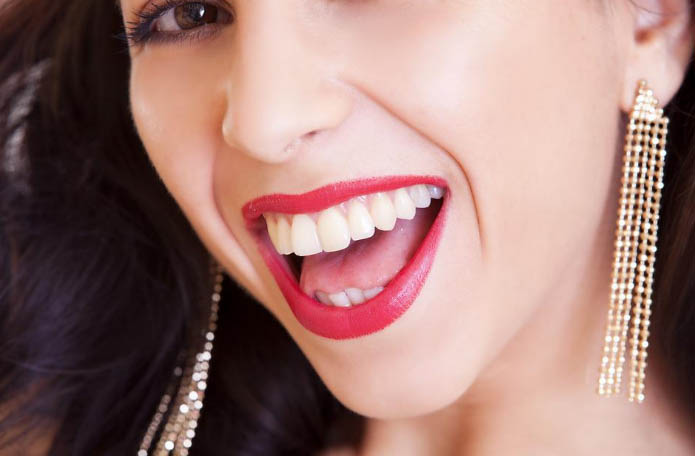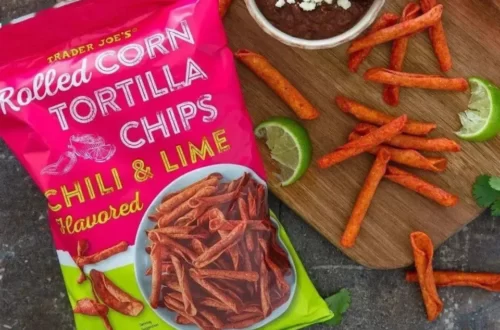
How To Clean Teeth Without a Toothbrush In Simple Ways
We have all been taught to brush our teeth twice a day to prevent cavities and dental complications. We’ve all been in a situation where we forgot our toothbrush, so that being said. So, the question arises: What do we do if we forget our brush?
Fortunately, there are substitutes to give the impression of just brushing your teeth if you don’t have a toothbrush or toothpaste on hand. These alternatives not only provide a way to improve breath quality, but they are also successful at cleaning the teeth and gums of plaque and food debris. The prevention of dental issues like cavities, gingivitis, and tooth decay requires taking this crucial step.
Why Is Teeth Cleaning Necessary?
Beyond just having a beautiful smile, having clean teeth is important. Because it can impact your general health, maintaining good oral health is crucial. Maintaining good oral health requires regular tooth cleaning.
You could develop dental caries, a mouth infection, if you don’t properly brush your teeth. Gum inflammation and pain can result from this. In extreme cases, it might even result in death or tooth loss.
Plaque, a sticky film that develops on teeth after consuming sugary or starchy foods, is removed by brushing your teeth. During the process of digesting these foods, bacteria in plaque produce acids. If these acids are not eliminated by regular brushing and flossing, they can harm your teeth and cause cavities.
In order to prevent food particles from becoming stuck there, brushing also helps to remove it from between the teeth. Brushing frequently helps prevent food from becoming trapped between teeth, which can lead to tooth decay or gum disease. Food particles readily stick to the sticky film of plaque.
How Can Teeth Be Cleaned Without A Toothbrush?
Paper Towel
Wrap your index finger firmly in a clean, thick paper towel (the thicker, the better). If you have toothpaste, add it to the towel after lightly wetting it. By positioning the wet paper towel against your gum line and using short strokes to reach the top of your teeth, you can use it to clean some plaque and leftover food particles from your teeth. As you would with a toothbrush, focus on cleaning one tooth at a time as opposed to several teeth at once. Apply the same method to your teeth’s interiors before “brushing” the biting surfaces. In a pinch, you can also clean your tongue with a wet paper towel wrapped around your finger. Bacteria that cause bad breath will be fought off by this.
Using Your Finger
You can just use your finger to remove the plaque and food scraps from your teeth if you don’t have access to a paper towel. The rough surface of your fingers may be able to remove plaque from the top of your teeth. First and foremost, wash your hands thoroughly before using your finger. Once your hands are clean, you can use the same motion you would with a paper towel to gently scrub each tooth in a circular motion, starting at the gum line and working your way down.
Water
Water is most likely one of the easiest and fastest ways to clean your mouth. Fill a glass with water, then sip a little bit. thoroughly rinsing your mouth. This will loosen and remove any food particles that have been lodged in your teeth and can also help your mouth’s acidity levels return to normal more quickly. Spit the water out after rinsing; this should get rid of any leftover plaque.
Chew Sugarless Gum
When brushing is not an option, chewing gum can assist in removing plaque and food particles, much like chewing vegetables. Your body naturally produces saliva as “mouthwash,” which will also happen as a result.” Make sure to select sugar-free gum, and look for the ingredient xylitol, a naturally occurring sweetener that prevents the development of the bacteria that cause cavities. An excellent choice is Trident White.
Baking soda
You may have observed that numerous toothpaste brands contain baking soda. It is rumored to have plaque-removing and tooth-whitening properties. If you have any available, you can place some on your finger or the paper towel and follow the above method.
Read More: How Often Should I Use Whitening Strips

Mouthwash
Mouthwash does a fantastic job of cleaning, but it shouldn’t be used in place of a thorough teeth cleaning routine. Fluoride and ingredients that clean teeth are now found in many mouthwashes. Pour some into your mouth, then swish it around for about a minute to clean your teeth.
Oil-Pulling
An extremely old dental cleaning technique called oil-pulling has recently gained popularity, particularly in the beauty industry. It entails taking a teaspoon of oil (typically sesame or coconut) and swirling it around in your mouth. These oils contain chemical compounds that are said to whiten teeth and remove toxins from the mouth.
Eat Fruits and Vegetables
Consuming fruits and vegetables high in fiber can aid in maintaining healthy gums and teeth. For instance, munching on carrots, apples, or celery can assist in cleaning food residue from your teeth. Saliva production is increased when these foods are consumed, which helps reduce acid and enzyme-related damage. Additionally, these foods contain vitamins that support gum and tooth health. Make sure to avoid particular foods like citrus fruits and sugary foods when you don’t have your toothbrush with you.
Chew Gum
In between brushings, chewing sugar-free gum can assist in removing food particles. Additionally, chewing gum increases saliva production, which helps to counteract and remove oral acids.
Swish with Mouthwash
Fluoride-containing antibacterial mouthwashes can help you reduce bacteria, improve your breath, and strengthen your enamel by rinsing your mouth. Before spitting it out in the sink, swish for about a minute.
Use Floss
If you’re unable to brush normally, you can still use floss to get rid of food fragments that got caught between your teeth and stop them from turning into plaque. To completely clean in between your teeth, gently rock your mouth back and forth. Don’t, however, be too rough near your gum line.
Other Methods of Brushing Teeth Autism?
Giving your child some fruit or a piece of gum is a good substitute for brushing their teeth. Additionally, you can use xylitol-containing toothpaste and sugar-free gum. Xylitol is a sweetener that can help prevent cavities and promote healthy teeth.
Coconut oil, salt, or baking soda can also be used as an effective tooth paste. Plaque and bacteria on your teeth are helped to remove by the procedure.
To avoid cavities and other dental issues, you can also rinse your mouth with water after consuming anything sweet.
Consider using oil pulling if you’re looking for a more organic way to brush your teeth. Oil pulling uses coconut oil or sesame oil to cleanse the body of toxins and bacteria that cause bad breath, oral infections, and tooth decay.
If you are interested in more health lifestyle cleaning tips, welcome to read our following posts!
- How To Get Silly Putty Out Of Hair – Painless Ways
- How Long Can You Take a Bath After a New Tattoo?
- How Many Towels You Need – Advice From Expert
- How Long Does Your Hair Have to Be to Wax?
- How to Avoid Dry Socket After Tooth Extraction
- How Much Toothpaste Should You Use?
- How Many Times Can You Bleach Your Hair – Safe Tips
- How To Get Rid Of Buildup From Hair – Easy Ways to Solve
- Why Do I Sweat After a Shower and How to Avoid It?
- 5 Effective Ways to Get Rid of the Gas Smell on Your Hands
- How Often Should My Kids Brush Their Teeth?
- How To Keep Baby’s Room Smelling Fresh: 15 Ways To Fix It!
- Can You Floss Too Much? How Do We Do?





Average Rating